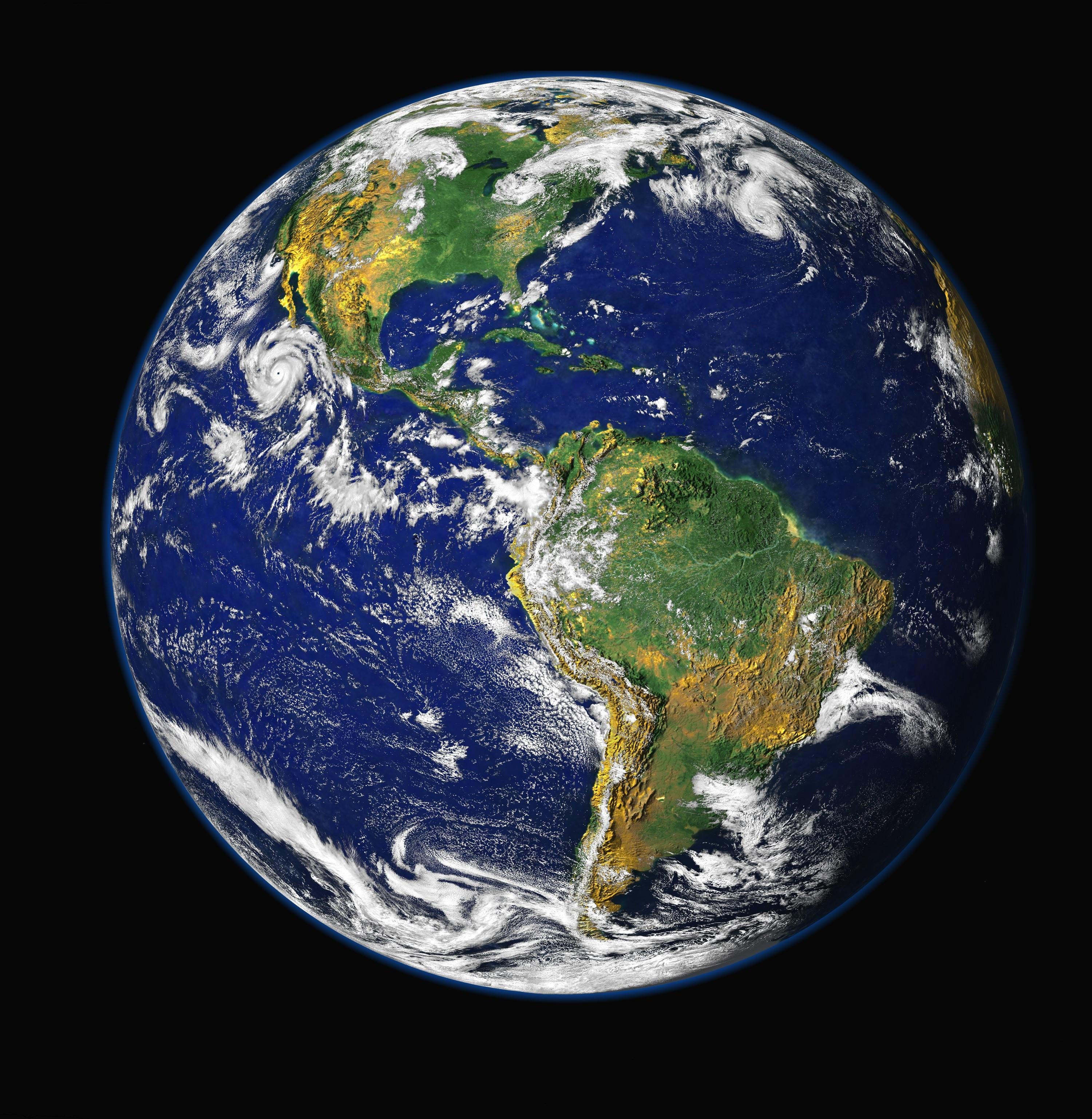Earth Structure
 The structure of the Earth is similar to a peach. There are layers, one on top of the next, in spheres. The inner most layer, similar to a peach pit, is the core
The structure of the Earth is similar to a peach. There are layers, one on top of the next, in spheres. The inner most layer, similar to a peach pit, is the core
The core is made up of two separate areas – the inner core and the outer core. The inner core is a solid area made mostly of iron and a smaller amount of nickel. It acts as a giant furnace, with temperatures around 5,000-6,000 degrees Celsius. This heat causes the outer core to melt and turn into liquid magma.
At approximately 2,300 kilometers thick, the outer core is made up of melted liquid nickel and iron, which form an alloy. This alloy is also very hot, with temperatures between 4,000 and 5,000 degrees Celsius. The outer core is believed by scientists to control the Earth’s magnetic field.
Situated in the middle of the Earth, the next layer is the mantle, spanning around 3,000 kilometers. The mantle is divided into the upper mantle and the lower mantle. The upper mantle is made up of cool, brittle rocks. When they are stressed, they may break, producing earthquakes. The lower mantle consists of hotter and softer rocks, since it is closer to the very hot core of the Earth.
The outermost, hard and rigid layer is the crust. There are two different types of crust – the oceanic crust and the continental crust. The oceanic crust is about 5-7 kilometers thick, while the continental crust measures 30-50 kilometers in thickness. The crust is made up of 15 major tectonic plates, which slide atop the mantle, which causes geologic activity on the crust, including earthquakes, volcanoes and continental drift.
Sources:
http://geology.com/nsta/earth-internal-structure.shtml
http://en.wikipedia.org/wiki/Structure_of_the_Earth
http://www.learner.org/interactives/dynamicearth/structure.html
http://www.geography4kids.com/files/earth_intro.html
http://education.nationalgeographic.com/education/encyclopedia/mantle/?ar_a=1
http://education.nationalgeographic.com/education/encyclopedia/crust/?ar_a=1
http://gamediv1.weebly.com/inner-core.html
http://education.nationalgeographic.com/education/encyclopedia/core/?ar_a=1

